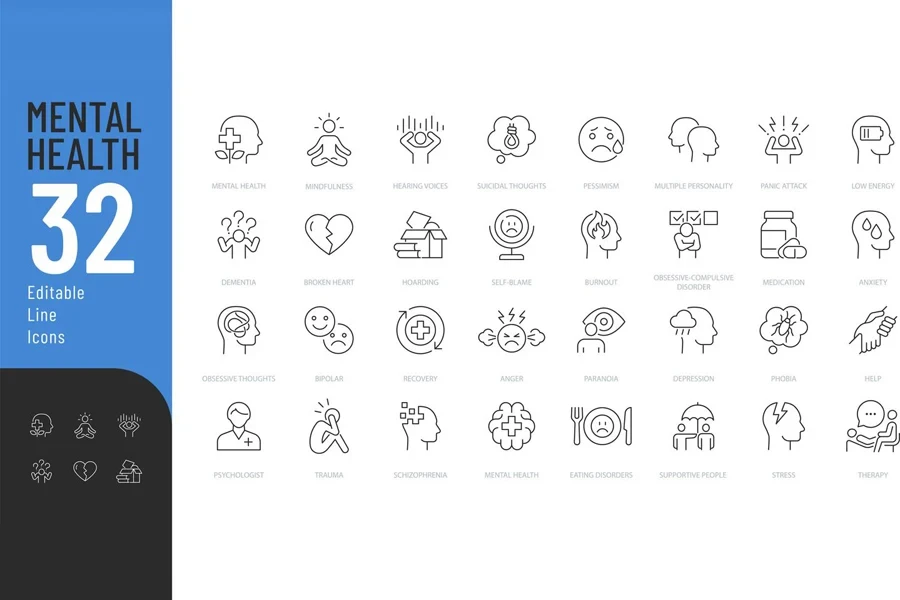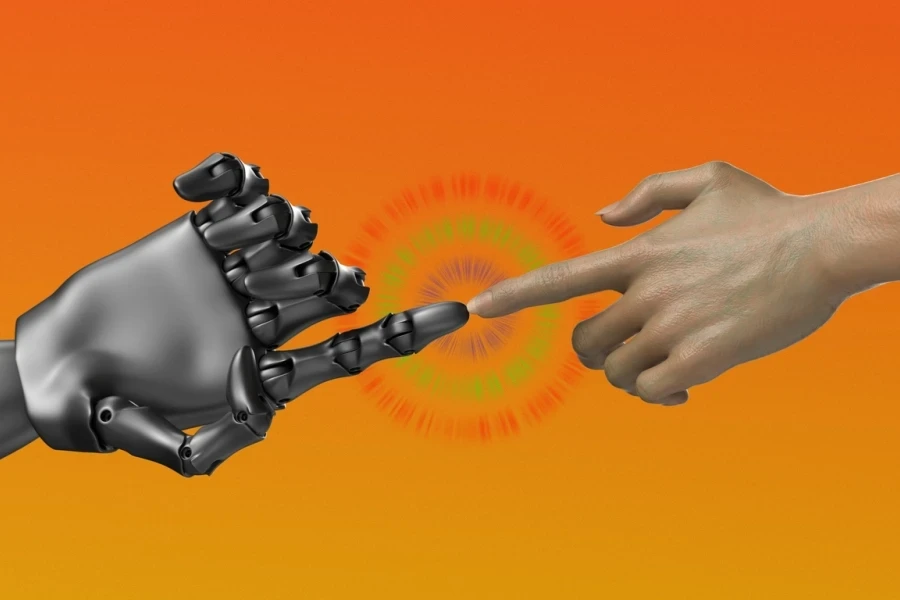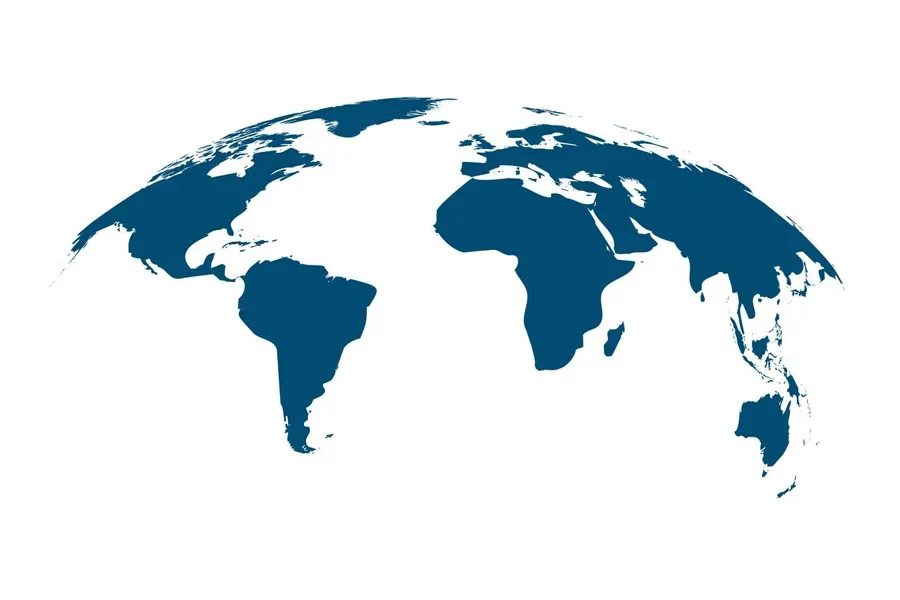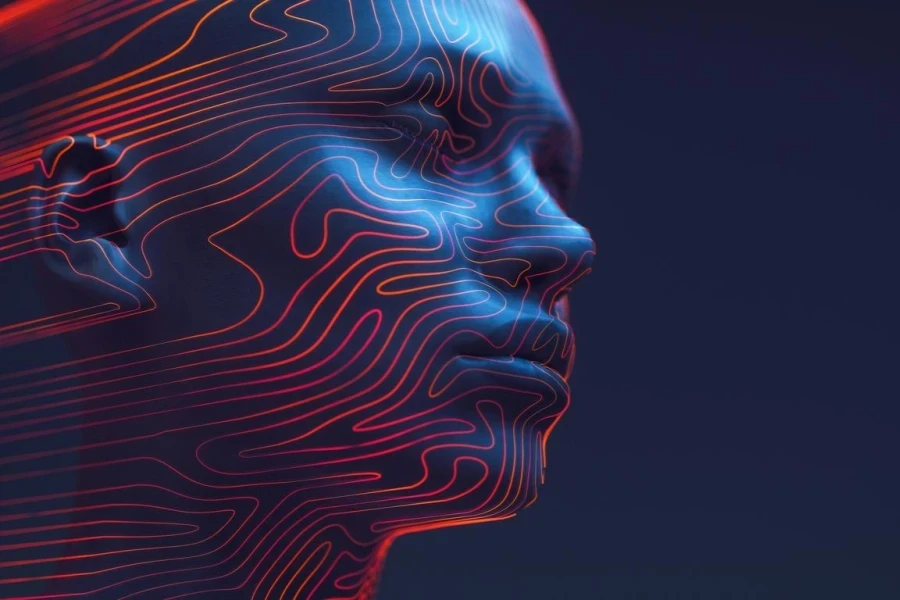The Mathare slums of Nairobi hum with an unlikely symphony—the tap-tap of teenagers hammering plastic waste into jewelry, punctuated by bursts of laughter as they debate ChatGPT-generated Swahili poetry. Over 7,000 kilometers north, 82-year-old Elsa Johansson adjusts a motion-capture suit in Stockholm’s Ubisoft studio, her arthritic hands guiding a digital avatar of her 25-year-old self through a game about Alzheimer’s resilience. Meanwhile, Patagonia’s latest campaign features no products, just Andean farmers harmonizing Quechua folk songs about soil regeneration. These vignettes aren’t mere footnotes to our era but boldface headlines announcing a tectonic shift: creativity has escaped galleries and boardrooms to become the lifeblood of 21st-century survival.
The Creativity Arms Race: Where Mental Health Meets Market Dominance
The Double-Edged Algorithm: When Technology Demands Creative Guardrails
Climate Storytelling 3.0: From Lectures to Immersive Reverence
Creative Geopolitics: Where Cultural Sovereignty Meets Virtual Empathy
Building Tomorrow’s Creative Infrastructure
Epilogue: Breathing Chaos, Exhaling Progress

In 2023, as competitors raced to automate workflows, Adobe made a radical bet—they mandated “Doodle Hours” for 1,200 employees across departments. Accountants swapped spreadsheets for sketchpads; AI engineers documented code through haikus. Six months later, cortisol tests revealed a 31% drop in burnout symptoms. Slack metadata showed a 28% surge in cross-department collaboration, while GitHub logs proved engineers using this method debugged 17% faster. Dr. Lila Ramos, Adobe’s Behavioral Science Lead, frames this as “neural rehabilitation”: “Industrial-era education atrophied our creative pathways. Structured play isn’t a perk—it’s cognitive physiotherapy.” The initiative’s crowning irony? A janitor’s doodle of an AI-powered trash bin inspired their sustainability dashboard.
Meanwhile, SK-II redefined luxury skincare through narrative alchemy. Facing Gen Z indifference, they partnered with Marvel to launch the “Pitera Avengers”—a storyline where Hulk battled pollution-induced redness, Black Widow neutralized hyperpigmentation, and Iron Man’s nanotech balanced pH levels. Fans co-wrote plotlines via TikTok duets, with top contributors earning credits in the AI-animated finale. The result defied category norms: 62% of purchasers were first-time luxury skincare buyers, driving a $420 million revenue surge. “Youth don’t want storytelling—they demand story ownership,” asserts SK-II’s CMO Hiro Tanaka.

HYBE, the label behind BTS, learned this painfully after using AI to clone member voices for posthumous tracks. ARMYs revolted: 2.1 million #NotMyBTS tweets flooded feeds within 48 hours, while fans engineered “Humanize” plugins to distort AI vocals into “authentically flawed” renditions. Vinyl sales of early BTS albums spiked 230%—a tactile backlash against synthetic perfection. “The glossier the AI output, the more audiences crave human grit,” observes K-pop anthropologist Dr. Min-jun Lee.
Microsoft’s designers preempted such friction by weaponizing imperfection. Their 2024 Surface launch featured laptops with lids mimicking corrupted JPEGs, ads narrated by an ASMR artist stuttering like GPT-4, and packaging adorned with AI rendering failures repurposed as stickers. Consumer surveys revealed 89% found this “authentically futuristic,” driving record premium adoption. “Glitches are the new trust signals,” explains design chief Amira Chen.

At Milan Design Week 2024, IKEA displayed 10,000 shattered chairs tagged with CO2 birth certificates. Patrons scanned AR-enabled nameplates to watch holographic repair tutorials or commissioned an AI “Eulogy Writer” to pen odes like, “Here lies FRANKLIN/Who bore three toddlers’ leaps/Now reborn as bookshelves/In Copenhagen’s library sleep.” The installation reduced EU replacement purchases by 43%—a masterclass in making sustainability visceral.
Singapore took sensory subversion further through “Methane Melancholy,” a burnt marshmallow scent pumped near landfills, and “Glacial Grief,” an icy peppermint aroma decaying into parched dust. Installed in subway stations, these olfactory provocations drove a 28% spike in recycling app signups. Neuroscientist Dr. Zhou Wei explains: “Charts engage the cortex; smells hijack the limbic system.”

Taiwan transformed street food into soft power during diplomatic isolation. Vendors became “Gastrodiplomats,” weaving historical narratives into beef noodle soup presentations. NFT recipes unlocked AR explorations of indigenous ingredients, while a Fortnite “Digital Night Market” drew 7 million virtual stinky tofu samplers. The result? An 18% export boom for food SMEs against trade headwinds. “Every dish is now a sovereignty manifesto,” declares vendor-ambassador Lin Mei-ling.
Meanwhile, Meta and UNHCR’s “Borderless Biennale” let users co-build digital worlds with Syrian refugee artists and inhabit biometric avatars mirroring displaced individuals’ heartbeats. Post-experience surveys showed 63% of participants increased support for asylum policies—proof that virtual empathy can catalyze real-world action.
Unilever’s “6-3-1” co-creation model offers a blueprint: 60% ideas from frontline workers, 30% from customers interacting with prototypes, 10% from executives as guardrails. This democratized approach boosted product success rates by 22%. L’Oréal complements AI color analysis with human “Tint Therapists” who dissect clients’ childhood photos and Spotify playlists. “Tech gets the hue right; humans get the why right,” says color psychologist Dr. Élodie Rousseau.

When Dubai’s Museum of the Future debuted its “Beta Wing”—a gallery celebrating unfinished prototypes—visitors lingered 40% longer than in polished exhibits. This encapsulates our new reality: perfection is passé; power lies in perpetual, participatory becoming. Organizations embracing creative resilience won’t just survive disruption—they’ll metabolize chaos into oxygen. The ultimate question isn’t whether your company needs creativity, but whether it can architect ecosystems fluid enough to let creativity breathe.











